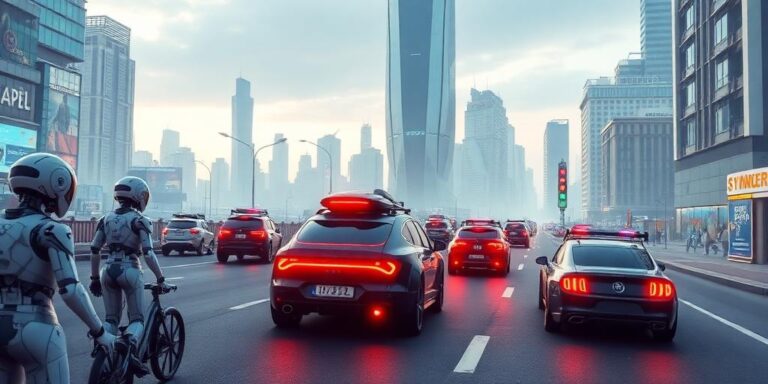Software for Robotics and Autonomous Systems (2027)
The field of robotics and autonomous systems is rapidly evolving, with software playing a crucial role in enabling these advancements. As we approach 2027, it’s important to examine the software landscape that will drive innovation in this domain. This post explores key software trends, platforms, and tools shaping the future of robotics and autonomous systems.
Key Software Trends
- AI and Machine Learning Integration: AI algorithms are becoming increasingly integral to robotics. Machine learning models are enhancing perception, decision-making, and control in complex environments. Frameworks like TensorFlow and PyTorch are expected to be foundational for developing intelligent robotic systems. Long-tail keyword: “AI-powered robotics software”.
- Real-time Operating Systems (RTOS): Autonomous systems demand precise timing and reliability. RTOS ensure deterministic behavior, critical for safety-related applications. Expect increased adoption of advanced RTOS solutions that support complex robotic architectures. Long-tail keyword: “Real-time OS for autonomous vehicles”.
- Middleware and Communication Frameworks: Interoperability is essential as robotic systems become more networked. Middleware solutions like ROS2 (Robot Operating System 2) and DDS (Data Distribution Service) will facilitate seamless communication and data exchange between different components and systems. Long-tail keyword: “ROS2 for robotics development”.
- Simulation and Virtual Environments: The development and testing of robotic systems increasingly rely on simulation. Advanced simulation tools enable engineers to validate algorithms, test scenarios, and train AI models in virtual environments, reducing development time and costs. Long-tail keyword: “Robotics simulation software”.
- Cloud Robotics Platforms: Cloud-based platforms are enabling remote monitoring, management, and control of robotic systems. They provide scalable computing resources, data storage, and access to advanced analytics, facilitating the deployment of robotics solutions across diverse industries. Long-tail keyword: “Cloud-based robotics platform”.
Essential Software Platforms and Tools
- Robot Operating System (ROS/ROS2): ROS remains the dominant framework for robotics research and development. ROS2 addresses the limitations of ROS1, offering improved real-time performance, security, and support for industrial applications.
- MATLAB and Simulink: These tools are widely used for modeling, simulation, and control design in robotics. They provide a comprehensive environment for developing and testing algorithms for autonomous systems.
- Gazebo: A popular open-source 3D robotics simulator that allows developers to test their algorithms in realistic environments.
- OpenCV (Open Source Computer Vision Library): OpenCV provides a rich set of functions for computer vision tasks, essential for enabling robots to perceive and understand their surroundings.
- TensorFlow and PyTorch: These deep learning frameworks are used extensively for training AI models for perception, navigation, and control in robotics.
Looking Ahead
The software landscape for robotics and autonomous systems is poised for significant advancements by 2027. Expect to see increased integration of AI, enhanced real-time capabilities, and wider adoption of cloud-based platforms. Staying abreast of these trends is crucial for developers and researchers in this rapidly evolving field.
By focusing on these key areas, the robotics community can continue to push the boundaries of what’s possible with autonomous systems, leading to innovative solutions that transform industries and improve lives.




